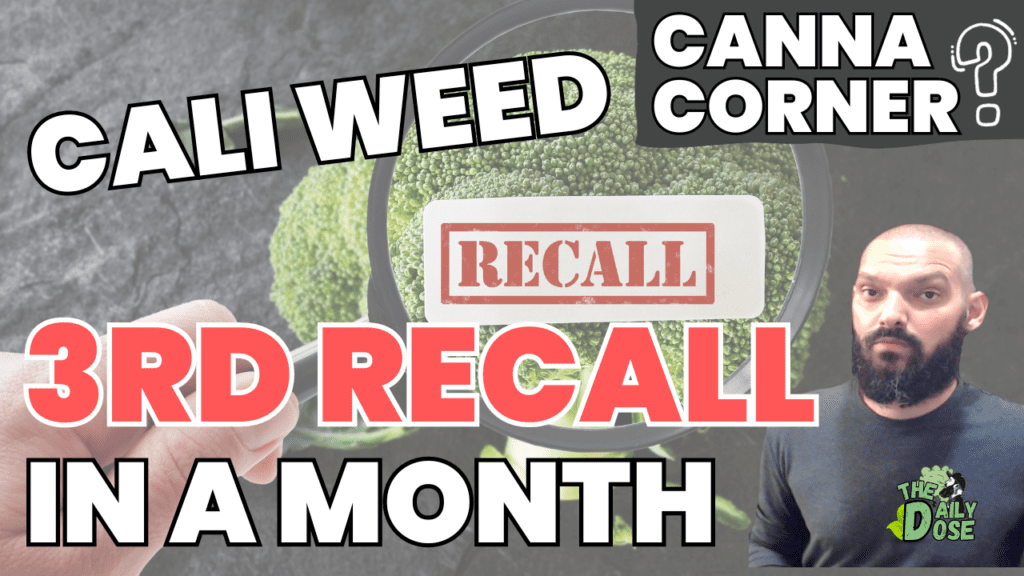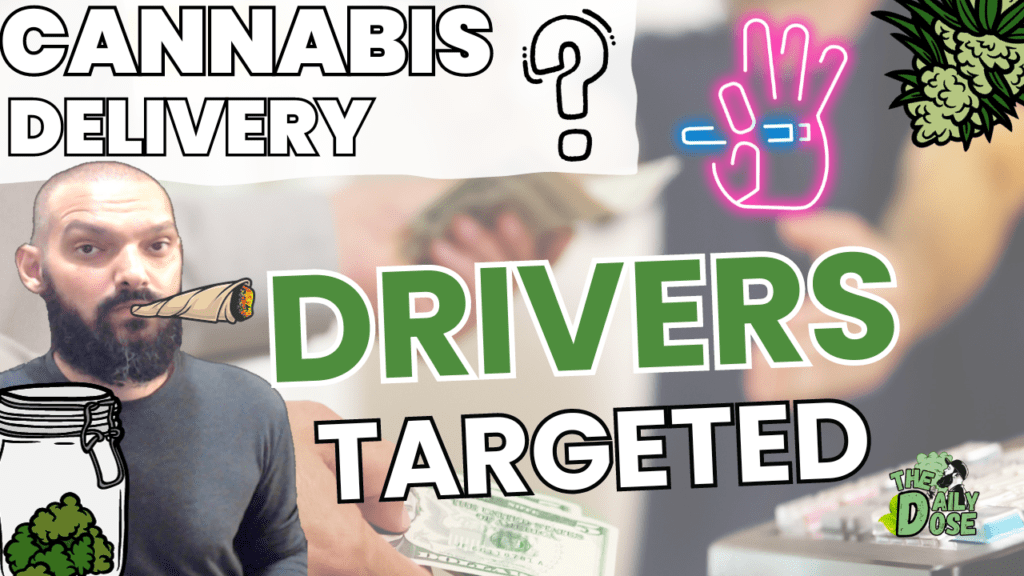Cannabis Recall California Today Explained
Listen to the full episode here: The Daily Dose Podcast
Key Take Away
- Mandatory Recall Due to Aspergillus Flavus: A significant recall was issued for a cannabis flower product because of contamination with aspergillus flavus, a harmful fungus.
- Voluntary Recall for Pesticide Contamination: Another recall involved pre-rolled cannabis products due to the presence of an unauthorized pesticide, spiromesifen.
- Health and Safety Risks: These recalls highlight critical health and safety risks in the cannabis industry, emphasizing the need for rigorous quality control.
- Regulatory Compliance: The incidents underscore the importance of regulatory compliance in cannabis production, particularly regarding contamination and pesticide use.
- Consumer Awareness: The recalls demonstrate the necessity for consumer awareness about the potential risks of cannabis products and the importance of purchasing from reputable sources.
1. Introduction to Cannabis Product Safety
In recent developments, the cannabis industry in California has faced significant challenges regarding product safety. This article delves into the specifics of these challenges, outlining key issues and providing a detailed analysis of safety measures and regulations.
SUMMARY
There have been two separate recalls of cannabis products in California, highlighting the discovery of aspergillus flavus in a cannabis flower and the presence of an unauthorized pesticide in pre-rolled cannabis products. Both products have distribution dates around July 2023. Do not consume these products if your purchase has dates between July 2023 and present day. Distributed by Urban Therapies Distribution and Echsen Industries

2. Recent Recalls in the California Cannabis Market
Mandatory Recall of Cannabis Flower
A recent mandatory recall was issued for a specific brand of cannabis flower. The recall was necessitated by the detection of aspergillus flavus, a harmful soil fungus, in the product. This section explains the dangers posed by aspergillus flavus and its impact on consumer health.
Voluntary Recall of Infused Pre-Rolls
In another case, a voluntary recall involved infused pre-rolls due to the presence of an unauthorized pesticide. This segment discusses the implications of pesticides in cannabis products, focusing on consumer safety and regulatory compliance.
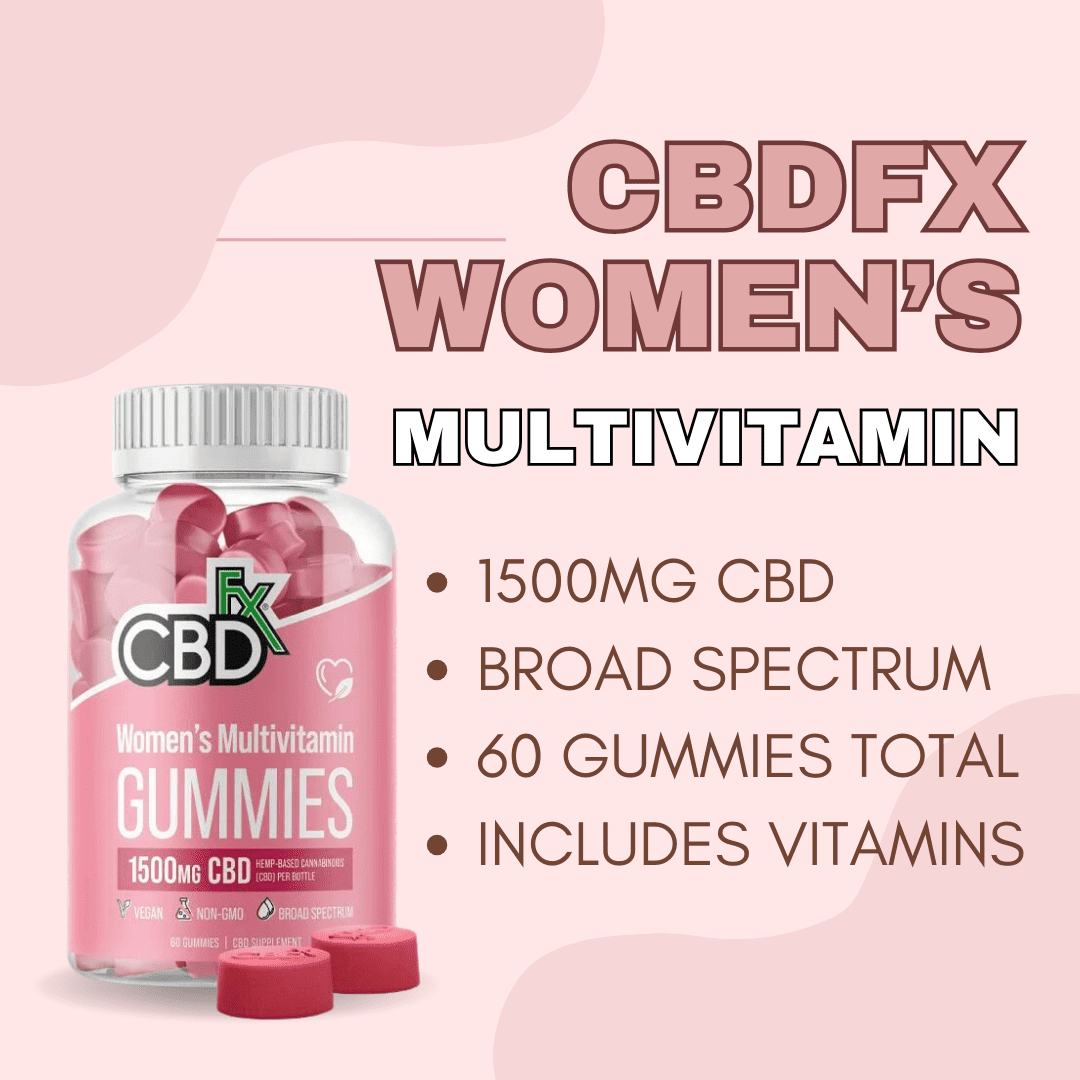
3. Understanding Aspergillus Flavus
Aspergillus flavus is a fungus that can be particularly harmful in certain environments, such as agriculture and cannabis production. Here’s an overview of its characteristics, health risks, prevention strategies, and regulatory standards for testing in cannabis products:
Characteristics of Aspergillus Flavus
- Aspergillus flavus is known for producing aflatoxins, which are highly toxic and carcinogenic compounds.
- It often contaminates crops like corn, peanuts, and tree nuts, especially under warm and humid conditions.
- The fungus tends to grow on damaged plant surfaces, facilitated by insect activity and wind dispersal of spores.
Health Risks
- Exposure to aflatoxins can lead to serious health issues, including liver cancer. Those with chronic Hepatitis B and C are at increased risk of developing aflatoxin-associated Hepatocellular carcinoma (HCC).
- Aspergillus flavus can cause aspergillosis, particularly in immunocompromised or asthmatic individuals. This infection can lead to respiratory problems, allergic reactions, and, in severe cases, invasive aspergillosis, which can be fatal.
Prevention Strategies
- Agricultural practices to reduce risk include crop rotation, proper harvesting techniques, adequate drying, and providing suitable storage conditions.
- Biological control methods, such as using non-toxic strains of Aspergillus flavus, can also be effective.
- In environments like cannabis production facilities, controlling moisture and water activity is crucial to prevent fungal growth.
Testing and Detection in Cannabis Products
- Regulatory standards for testing Aspergillus in cannabis products vary by state. For example, in California, any detection of Aspergillus flavus (and other Aspergillus species) in cannabis products results in a failed test.
- Some states require specific Aspergillus testing, while others only require general yeast and mold tests. It’s important to conduct tests at multiple stages in the supply chain, as infection can occur at any stage.
- The presence of Aspergillus flavus in cannabis products can lead to recalls. For instance, California recently recalled a cannabis product due to the presence of this fungus.
- The US Pharmacopeia (USP) has called for Aspergillus testing to be a part of every serious testing regimen, highlighting the need for adequate detection methods such as qPCR.
In summary, Aspergillus flavus is a significant concern in agriculture and cannabis production due to its ability to produce harmful aflatoxins and cause respiratory infections, particularly in vulnerable populations. Effective prevention and control measures, along with rigorous testing protocols, are essential for minimizing health risks associated with this fungus.
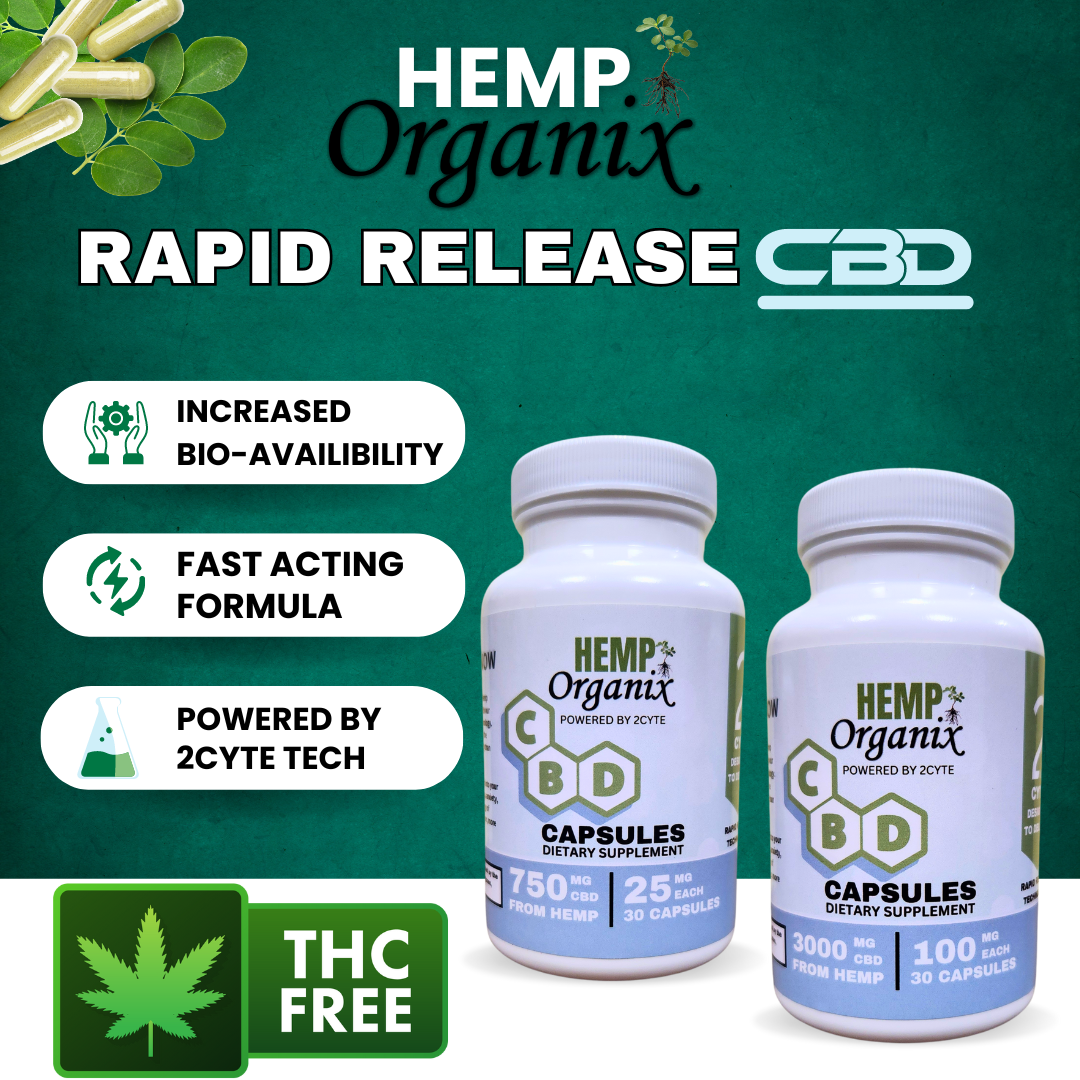
4. Pesticide Use in Cannabis Cultivation
Overview of Pesticide Regulations
Regulations surrounding pesticide use in cannabis cultivation are critical for ensuring consumer safety. As cannabis remains federally illegal in the United States, the Environmental Protection Agency (EPA) has not approved any pesticides for use on the plant.
This leaves states to develop their own regulations and oversight for pesticide use in cannabis cultivation. Here’s an overview of how different states are managing these regulations:
General Guidelines
- Pesticides used in cannabis cultivation must comply with food and agriculture standards.
- The Department of Pesticide Regulation provides statewide guidance on the use of pesticides in cannabis cultivation and advises on testing for pesticides.
State-Specific Regulations
- Colorado: Colorado has a list of pesticides allowed in cannabis cultivation, focusing on products with natural plant oils, bacteria, and other biological agents. However, certain pesticides are explicitly forbidden.
- Massachusetts: Massachusetts has some of the strictest regulations, prohibiting the use of any pesticides on cannabis and hemp cultivated for sale. This includes even organic chemicals approved for use on food crops.
- Nevada: In Nevada, no pesticide is technically permitted for use on cannabis plants. However, several are considered “minimum risk” and exempt from registration. Nevada testing labs are vigilant in preventing mold and microbial contamination, affecting cultivator compliance.
- California: Initially, California had no pesticide regulations for recreational cannabis, leading to high levels of contaminated samples. The state has since implemented rules suggesting mandatory testing for a number of pesticides and is expected to adopt these regulations for adult-use cannabis as well.
Approaches to Pesticide Use
- Many states have lists of approved pesticides for cannabis cultivation. However, the best approach for pest control in cannabis gardens is prevention. This can include maintaining a clean and closed facility, strict quarantine for new plants, and the use of biological pest control methods like beneficial insects.
Challenges and Developments
- With no federal oversight, states are refining their rules and standards for acceptable pesticide use in cannabis cultivation. The situation is dynamic, with states like Alaska, Washington, and Oregon developing their own lists of permissible substances and testing requirements.
In summary, the regulations on pesticide use in cannabis cultivation vary from state to state, with each jurisdiction developing its own rules and acceptable lists of substances. The focus is on ensuring consumer safety by regulating the types and amounts of pesticides used, with a growing emphasis on sustainable and preventive pest control practices.
The Risks of Unauthorized Pesticides
The use of unauthorized pesticides in cannabis products poses significant risks to both consumers and the environment. These risks stem from the fact that unauthorized pesticides have not been evaluated for safety in the specific context of cannabis cultivation and consumption. Here’s a focused analysis of these risks:
Health Risks to Consumers
- Toxicity: Unauthorized pesticides might contain substances that are toxic to humans, potentially leading to acute poisoning or long-term health effects.
- Unknown Combustion Products: When cannabis is smoked, pesticides can combust and produce harmful byproducts, which might be more toxic than the pesticides themselves.
- Compromised Immune Systems: Cannabis is often used by individuals with compromised immune systems (such as cancer patients). Exposure to harmful pesticides can pose additional health risks for these individuals.
- Respiratory Issues: Inhaling pesticide-contaminated cannabis can lead to respiratory problems, especially in individuals with pre-existing conditions like asthma or chronic obstructive pulmonary disease (COPD).
Risk of Contaminated Products
- Bioaccumulation: Certain pesticides can accumulate in the body over time, leading to long-term health effects that might not be immediately apparent.
- Contamination During Processing: Pesticides can also contaminate cannabis extracts and edibles, not just the raw flower, potentially leading to a broader spectrum of exposure.
Environmental Risks
- Ecosystem Harm: Unauthorized pesticides can be harmful to the local ecosystem, affecting non-target species such as beneficial insects, birds, and aquatic life.
- Soil and Water Contamination: Pesticides can leach into the soil and groundwater, leading to long-term environmental degradation.
Legal and Economic Risks
- Regulatory Action: Growers using unauthorized pesticides risk legal action, including fines and shutdowns, which can be costly and damage their reputation.
- Consumer Trust: The use of unauthorized pesticides can undermine consumer trust in the cannabis industry, potentially leading to a decline in market demand.
Challenges in Detection and Regulation
- Lack of Standardization: The lack of federal oversight in the U.S. has led to a patchwork of state regulations, making it challenging to standardize testing and enforcement.
- Detection Difficulties: Identifying the presence of unauthorized pesticides can be difficult, requiring specialized testing methods not universally available or mandated.
Importance of Compliance
Adhering to authorized and safe pesticide use is crucial for the cannabis industry. It protects consumer health, preserves the environment, and ensures the longevity and credibility of the cannabis market. As the industry evolves, the development of more comprehensive regulations and testing methods is essential to mitigate the risks associated with unauthorized pesticide use.
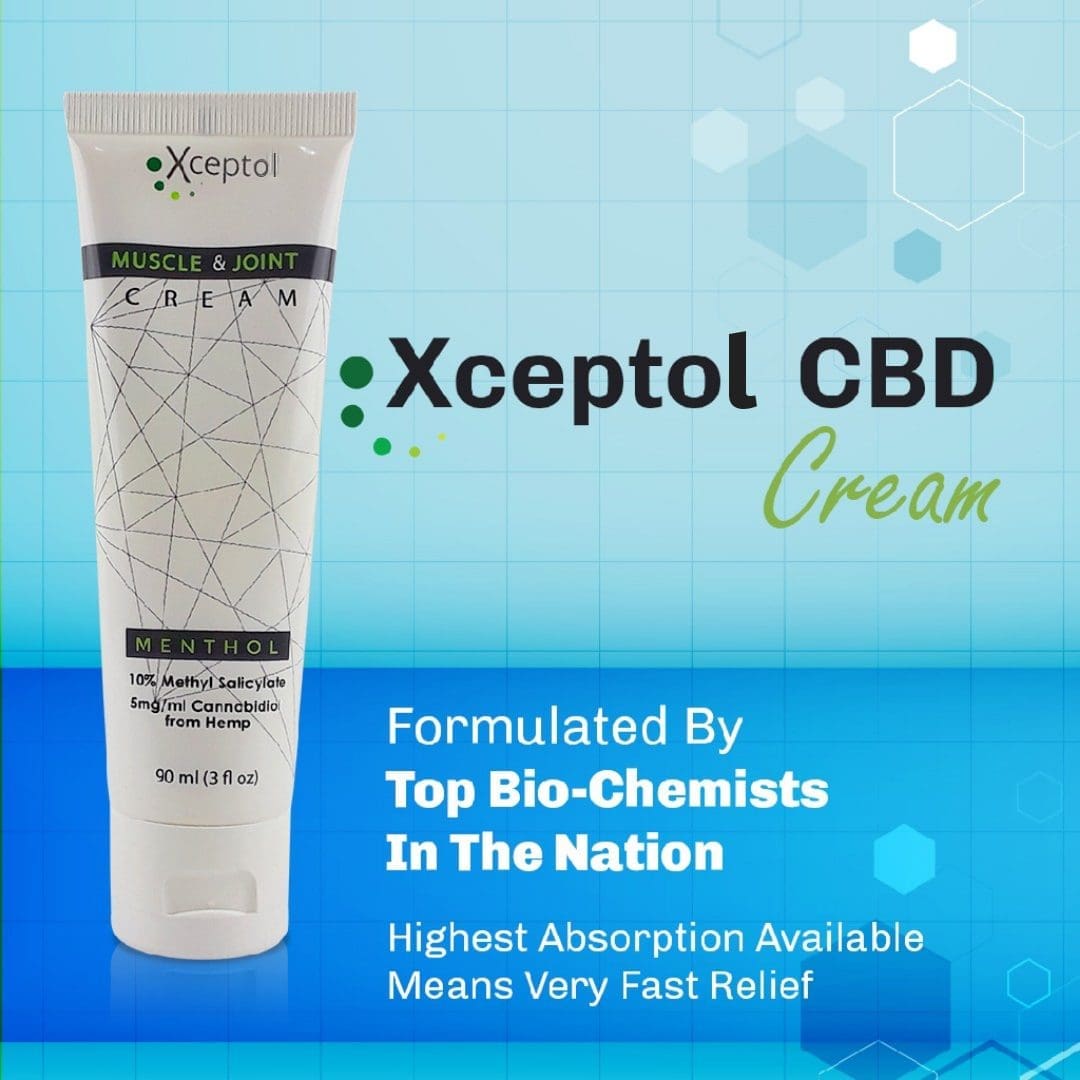
5. Ensuring Consumer Safety
Role of Regulatory Bodies
A comprehensive look at the role of regulatory bodies in maintaining safety standards in the cannabis industry, including processes for issuing recalls.
- Setting Standards and Regulations: They establish safety standards for cultivation, processing, and distribution of cannabis products. This includes guidelines for pesticide use, potency limits, labeling requirements, and contamination thresholds.
- Licensing and Oversight: Regulatory bodies issue licenses to cannabis businesses and oversee their operations to ensure compliance with legal and safety standards.
- Testing and Quality Control: They mandate regular testing of cannabis products for contaminants like pesticides, heavy metals, and microbial pathogens. This helps ensure that only safe, high-quality products reach consumers.
- Consumer Safety and Recall Procedures: In cases where unsafe products are identified, regulatory bodies initiate recall procedures. This involves notifying the public, removing products from the market, and taking corrective actions to prevent future occurrences.
- Enforcement and Penalties: They enforce regulations and can impose penalties, fines, or revoke licenses of businesses that fail to comply with safety standards.
Best Practices for Cannabis Businesses
To ensure product safety and compliance, cannabis businesses should adopt the following best practices:
- Regular Testing and Quality Control: Implement rigorous testing protocols for all products. Regularly test for contaminants, potency, and quality to ensure compliance with safety standards.
- Compliance with Regulations: Stay informed about local and state regulations and ensure all operations, from cultivation to distribution, are in full compliance.
- Traceability and Transparency: Implement systems to trace products from seed to sale. Be transparent about product ingredients, sources, and testing results.
- Employee Training and Education: Regularly train employees on compliance, safety protocols, and industry best practices.
- Invest in Safety Technology: Utilize advanced technology for cultivation, harvesting, processing, and testing to enhance product safety.
- Environmental Stewardship: Adopt sustainable and eco-friendly practices to minimize environmental impact.
Consumer Awareness and Education on Safe Cannabis Products
Consumers should be informed and vigilant about the cannabis products they use. Here’s a guide for identifying safe products and understanding recall notices:
- Check for Lab Testing Results: Look for products that have been tested in labs and display their testing results, indicating they are free from harmful substances.
- Understand Labeling: Learn to read and understand product labels which should include potency information, ingredients, and details on the type of cannabis used. Labels should also indicate compliance with state regulations.
- Be Informed About Recalls: Stay updated on product recalls in your area. Regulatory bodies often post recall notices on their websites and social media channels. Understanding why a product was recalled can help you make safer choices.
- Choose Reputable Brands: Opt for products from reputable companies with a track record of safety and compliance. Research brands and read reviews to understand their commitment to quality and safety.
- Educate Yourself on Different Products: Different cannabis products (like edibles, tinctures, topicals, and flowers) have varied effects and potency levels. Understanding these differences can help you choose products that suit your needs and tolerance levels.
- Ask Questions: Don’t hesitate to ask dispensary staff questions about product sourcing, testing, and recommended usage. A knowledgeable staff can provide valuable insights into product safety and quality.
- Be Aware of Potency: Pay attention to the THC and CBD content in the products. High-potency products might not be suitable for beginners or those with lower tolerance.
- Understand Usage and Dosage: Be aware of the recommended usage and dosage, especially for edibles and concentrates, which can have delayed and strong effects.
- Know the Legal Status: Be aware of the legal status of cannabis in your state or region, as this impacts the level of regulation and safety of the products available.
By following these guidelines, consumers can make informed decisions and minimize their risks when purchasing and using cannabis products.
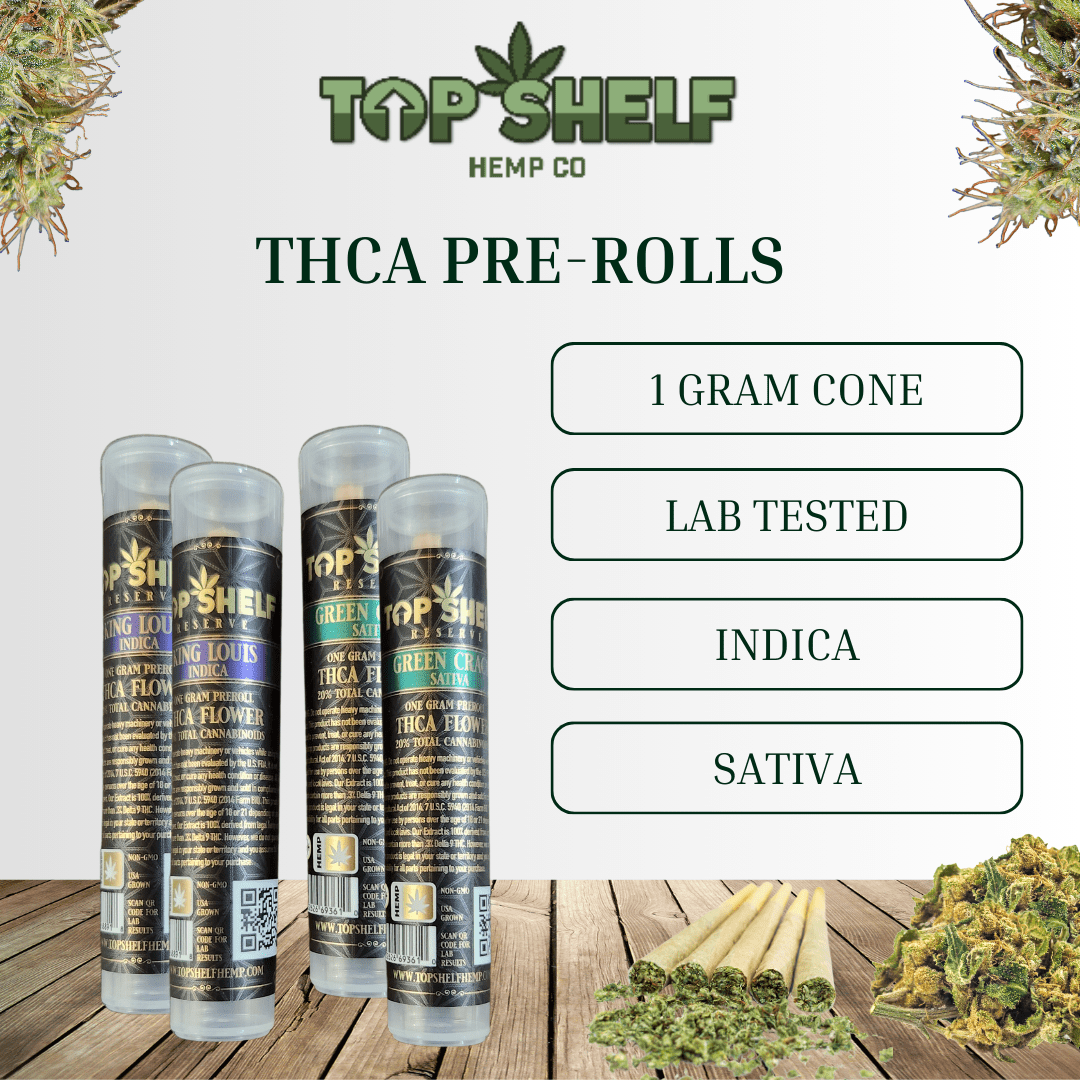
6. The Future of Cannabis Safety Regulations
The future of cannabis safety regulations is likely to be shaped by several factors, including technological advancements, emerging challenges, and evolving public and scientific understanding of cannabis. Here’s a forward-looking perspective on how these regulations might evolve:
Enhanced Testing and Quality Control
- Advanced Testing Methods: Future regulations may require more sophisticated testing methods that can detect a wider range of contaminants at lower levels, including new types of pesticides and synthetic cannabinoids.
- Standardization of Testing Protocols: As the industry matures, there may be a push towards standardizing testing protocols across different states and countries to ensure consistency and reliability of cannabis products.
Stricter Regulation and Oversight
- Comprehensive Guidelines: Regulatory bodies might develop more comprehensive guidelines covering every aspect of cannabis production, from cultivation to distribution.
- Global Harmonization: As the legalization of cannabis spreads globally, there could be efforts to harmonize safety regulations across different jurisdictions, similar to pharmaceuticals.
Technological Integration
- Blockchain for Traceability: Blockchain technology could be employed for enhanced traceability of cannabis products, ensuring transparent and tamper-proof tracking from seed to sale.
- Artificial Intelligence (AI) and Data Analytics: AI might be used to predict cultivation patterns, optimize growing conditions, and identify potential safety issues in real-time.
Focus on Environmental and Public Health
- Sustainable Cultivation Practices: Regulations may increasingly emphasize environmentally sustainable cultivation practices to minimize the carbon footprint of cannabis production.
- Public Health Research and Education: As more is understood about the effects of cannabis, regulations might evolve to reflect new research findings, leading to more informed public health policies and consumer education.
Personalized Cannabis Medicine
- Regulations for Medical Cannabis: With the growth of personalized medicine, there could be specific regulations for medical cannabis, focusing on dosage, formulation, and delivery methods tailored to individual patients’ needs.
Addressing Emerging Challenges
- New Cannabis Products: As new forms of cannabis products (like edibles, concentrates, and topicals) become more popular, regulations will need to evolve to address their specific safety challenges.
- Illegal Market and Product Safety: Ongoing efforts will likely continue to address the challenges posed by the illegal cannabis market, including the safety of unregulated products.
Consumer-Centric Regulations
- User Safety and Experience: Future regulations might place greater emphasis on the user’s safety and experience, incorporating consumer feedback into regulatory frameworks.
In summary, the future of cannabis safety regulations is poised to become more sophisticated, comprehensive, and globally harmonized, leveraging technological advancements for better safety, traceability, and environmental responsibility. These changes will aim to address both existing and emerging challenges while ensuring public health and safety
in an evolving market. As cannabis becomes more integrated into medical and recreational landscapes, expect regulations to adapt dynamically, prioritizing the balance between innovation, consumer protection, and public health.
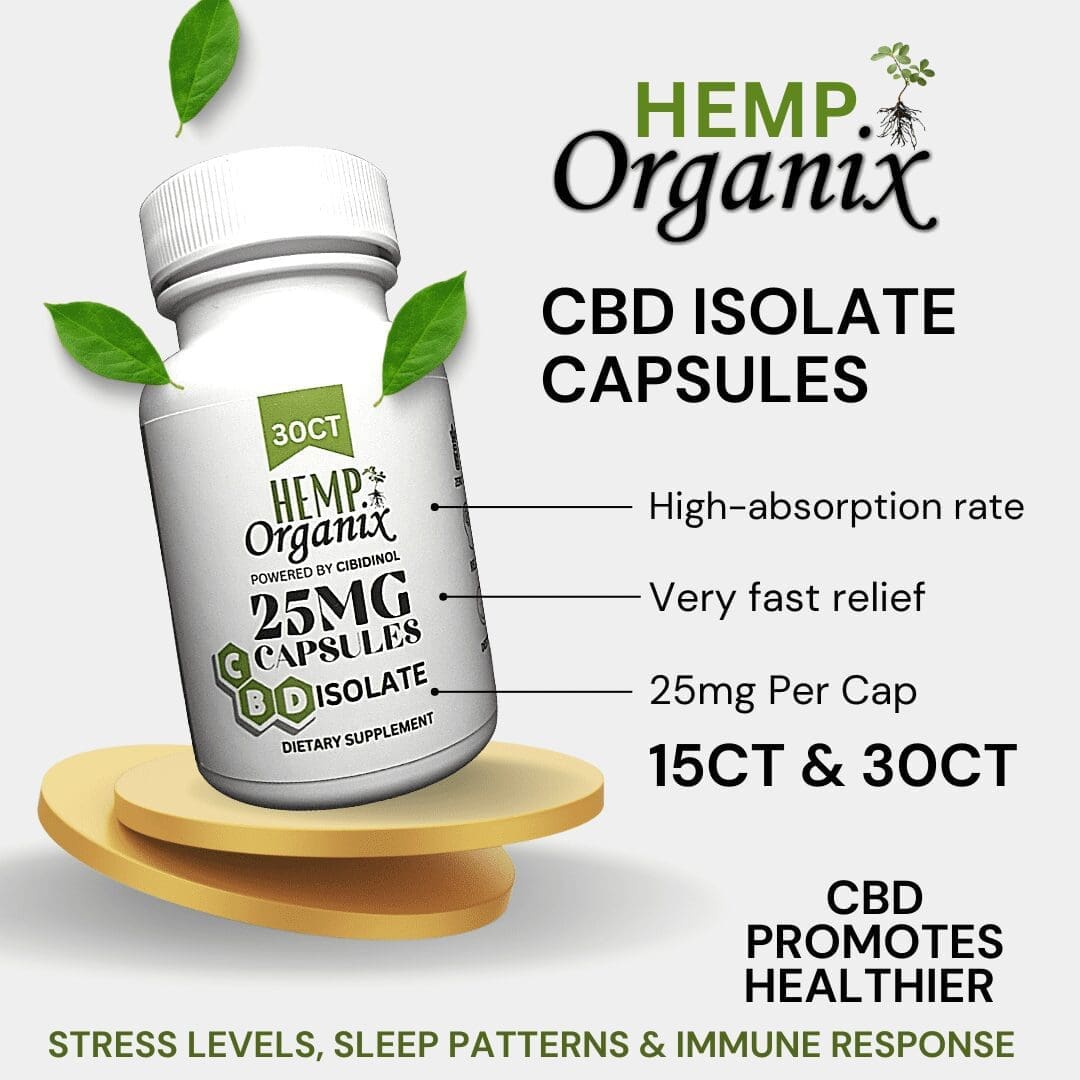
7. Conclusion: Pathways to Enhanced Cannabis Safety
In light of the recent recalls in the California cannabis industry, it’s essential to focus on the positive steps forward for ensuring consumer safety and maintaining industry integrity.
Enhanced testing protocols, including regular screenings for contaminants like fungi and unauthorized pesticides, are crucial. The industry should also foster transparent communication channels, keeping both consumers and regulatory bodies informed about product safety.
Continuing education and awareness campaigns can empower consumers to make informed choices. Moreover, investing in research to develop safer cultivation and production methods will be pivotal in upholding high safety standards, ensuring the cannabis industry’s growth is both sustainable and consumer-focused.
FAQs
What were the reasons for the recent cannabis product recalls in California?
What are the health risks associated with aspergillus flavus in cannabis products?
How can consumers identify safe cannabis products?
What is the role of regulatory bodies in these recalls?
How can cannabis businesses ensure product safety?
Sources:
- MJBizDaily: Cannabis Recall In California
Related Articles:
- California Cannabis Recall Explained Now
- Cannabis Legalization And Substance Use Patterns
- Cannabis Recall Illinois What To Know Now
- Cannabis Regulations Upcoming News Now
#medicancannabissafety #cannabishealthrisks #cannabislabtesting #cannabisrecall #californiacannabisrecall #cannabisqualitycontrol #safecannabisconsumption #cannabispesticidessafety #cannabisnews #cannabisnewsnow #cannabispodcast #marijuananews #cannabiscorner #americanhealth #healthandwellness #herbalsupplements #alternativehealing #naturalremedies #thedailydosepodcast
Meet The Author


